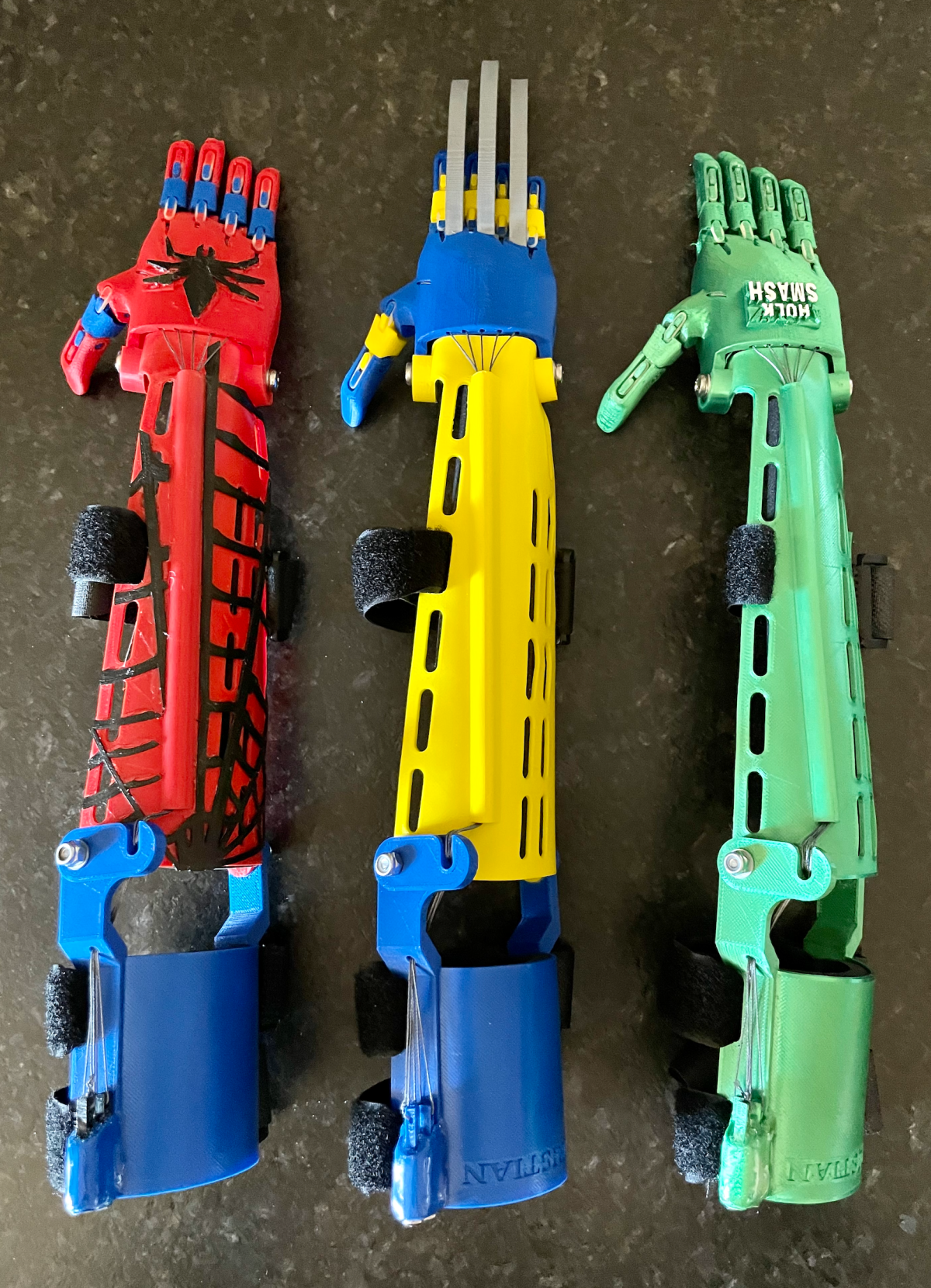
Grades:
9th Grade, 10th Grade, 11th Grade, 12th Grade
Multi-week cross-curricular project combining STEM, cultural studies, history, and ELA, culminating in cultural exchange, podcast style reflections, photo/video sharing/storytelling, and an experience







